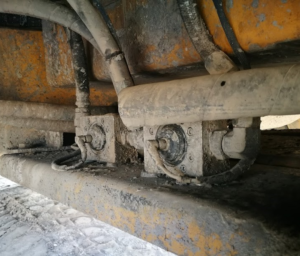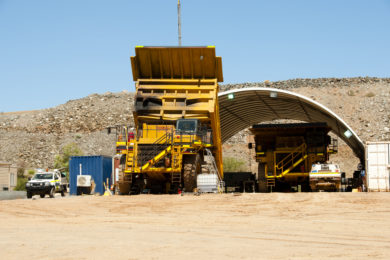Cascadia Scientific, a leader in advanced fuel management solutions for international mining and petrochemical companies, has announced the release of a Maintenance Module in its SmartRView Portal. The maintenance module it says “provides maintenance schedulers and planners with a highly sophisticated tool to optimise preventive maintenance scheduling for mobile mining equipment through the inclusion of measured fuel consumption, and specific operational triggers.” SmartRView, Cascadia Scientifics’s fuel measurement and analytics platform, provides an augmented strategy for fine-tuning preventative maintenance schedules.

Cascadia Scientific has long advocated that the best indicator for determining maintenance service intervals is total fuel consumed. Fuel consumed by an engine represents how much work a piece of equipment has performed because buried in that value is the contribution of time, tonnage, distance, and every other factor putting load on an engine.
“Many OEMs base their recommendations for hourly service intervals off expected fuel consumption, yet fuel consumption itself is seldom used to optimise preventative maintenance scheduling. Experience has shown that maintenance intervals are most accurately based on fuel consumption. In practice, we have observed fuel consumption vary by greater than 45% between equal time-triggered maintenance events. Fuel consumption corresponds more accurately to engine load and should also be highly studied when scheduling maintenance.”
The company says the new Maintenance Module allows schedulers and planners to optimise preventative maintenance by scheduling maintenance events based on pre-set operational triggers, and of course, measured fuel consumption.

So how does the Maintenance Module work? First it looks at all activities that constitute a preventative maintenance event, and describes each activity. Example: oil change, brake check, service interval, frame and body check, etc. Based on the prescribed maintenance activity it selects the most appropriate triggers. Some examples are elapsed time, runtime, fuel consumed, total distance, loaded distance, number of haul cycles, payload-distance, loading events, and many more. Once the maintenance activity and related triggers have been set, the Maintenance Module will automatically keep track of the activity accumulation and forecast when machines will hit their respective triggers.
This strategy Cascadia Scientific says has resulted in an average maintenance extension of 14%, reduced consumable costs, equipment health gains, and increased machine availability.










